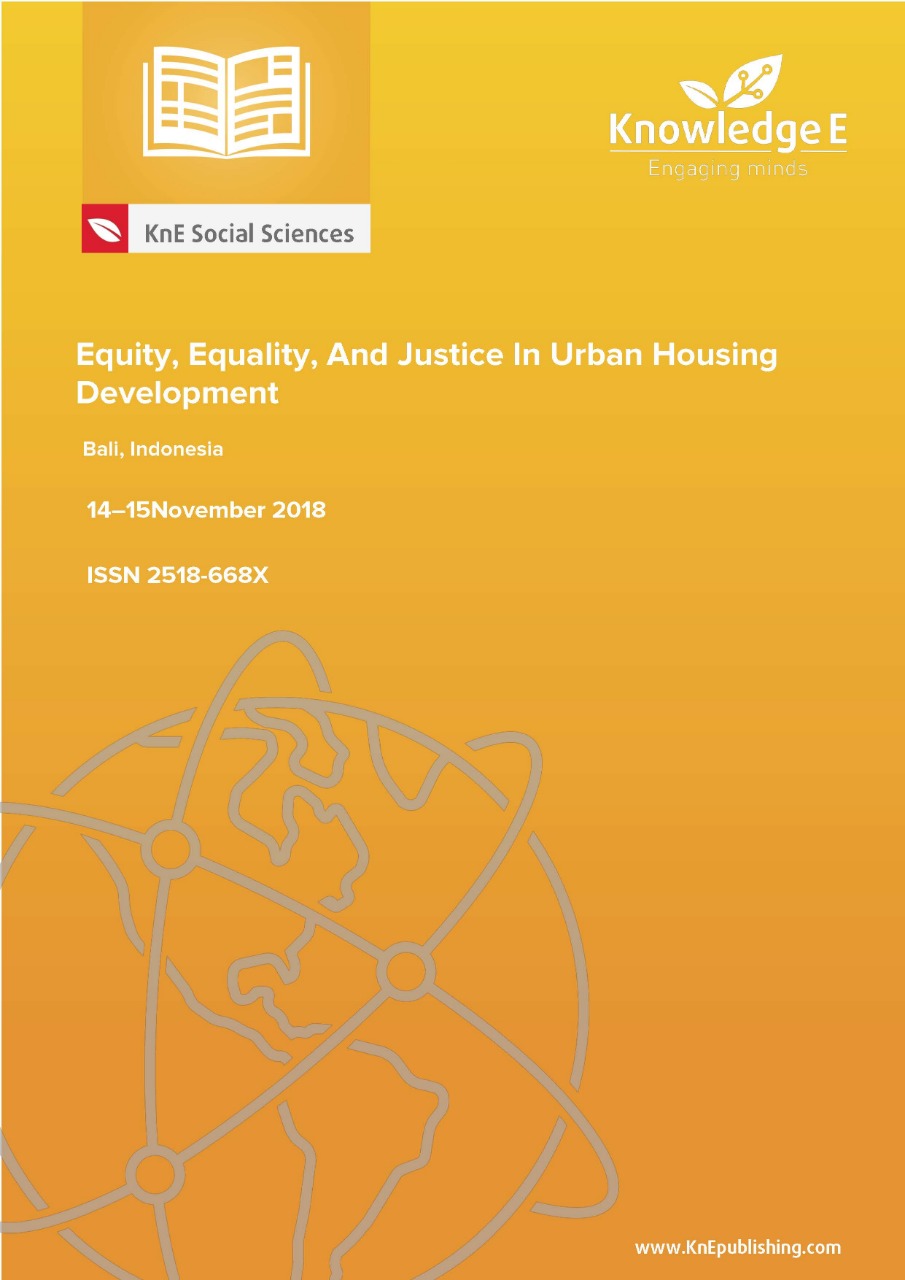The Indoor Air Quality in Laboratory Buildings. A Case Study in Integrated Laboratory of UIN Sunan Ampel Surabaya
DOI:
https://doi.org/10.18502/kss.v3i21.5018Abstract
Indoor Air Quality (IAQ) is one of the critical issues in sustainable development related to human health as the primary goal. Sustainable development should address potential human exposure to pollutants and health impacts. The laboratory, as educational support in the university, has specific contaminants, but studies on IAQ and thermal comfort in the laboratory have not been studied. IAQ and thermal comfort in a laboratory are essential as they can affect the work and health of the researchers and staffs. The purpose of this study is to analyze indoor air quality in an integrated laboratory of UIN Sunan Ampel Surabaya. This research is a cross-sectional study. Data analysis was done by a quantitative descriptive method. The air quality parameters in the laboratory were temperature, relative humidity, and carbon dioxide (CO2) concentration. All settings compared to the air quality standard. The analysis on carbon dioxide (CO2) concentration, relative humidity (%RH), temperature (∘C) has shown that the indoor air does not exceed the standard according to ASHRAE standard and Health Ministry Regulation with the maximum concentration was 444,3 ppm. The fan installation and increased air filter to controlled humidity are the option to improve the indoor air quality.

